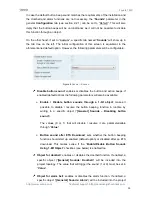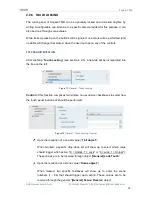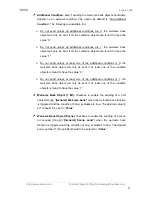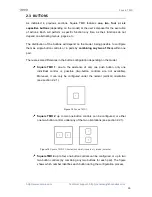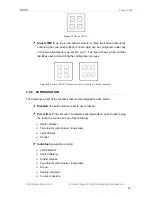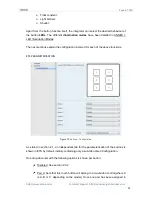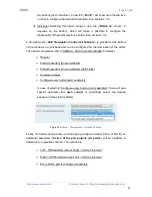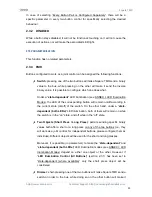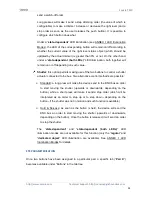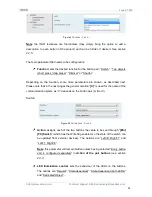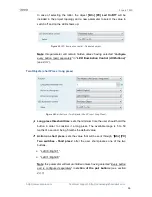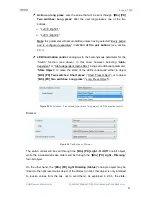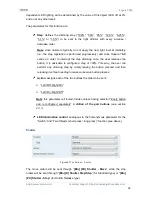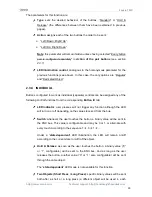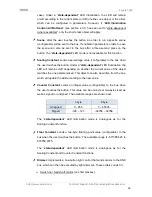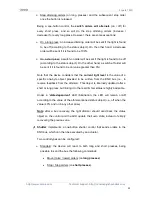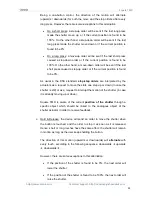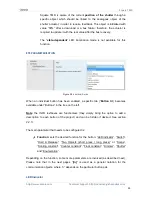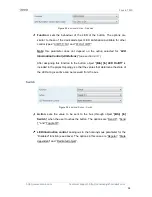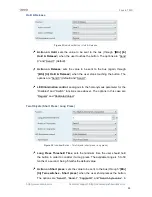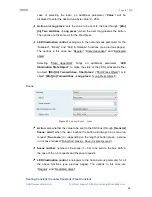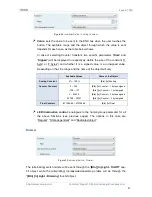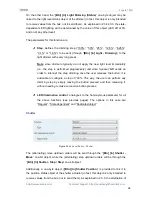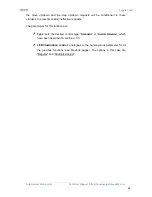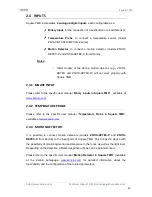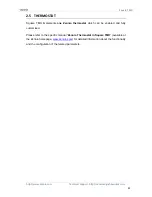
Square TMD
http://www.zennio.com
Technical Support:
http://zennioenglish.zendesk.com
27
Action on long press
: sets the value that will be sent through “
[Btn] [PX]
Two switches: Long press
” after the user long-presses one of the two
buttons.
“Left=0; Right=1”.
“Left=1; Right=0”.
Note
:
this parameter will remain hidden unless having selected “Every button
pair is configured separately” in Action of the pair buttons (see section
2.3.1)
.
LED illumination control
: analogous to the homonymous parameter for the
“Switch” function (see above). In this case, however, selecting “State-
dependent” or “State-dependent (both LEDs)” brings an additional parameter,
“
State Object
”, to make the state of the LEDs correspond either to object
“
[Btn] [PX] Two switches: Short press
” (“Short Press Object”) or to object
“
[Btn] [PX] Two switches: Long press
” (“Long Press Object”).
Figure 25
Pair Buttons - Two objects (short press / long press) - LED illumination control.
Dimmer
Figure 26
Pair Buttons – Dimmer.
The switch orders will be sent through the “
[Btn] [PX] Light - On/Off
” one-bit object,
while the increase/decrease orders will be through the “
[Btn] [PX] Light - Dimming
”
four-bit object.
On the other hand, the “
[Btn] [PX] Light Dimming (Status)
” one-byte object may be
linked to the light level status object of the dimmer (in fact, this object is only intended
to receive values from the bus, not to send them). As explained in 2.3.3, the state-

